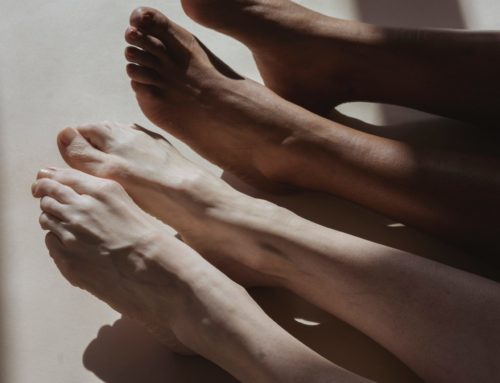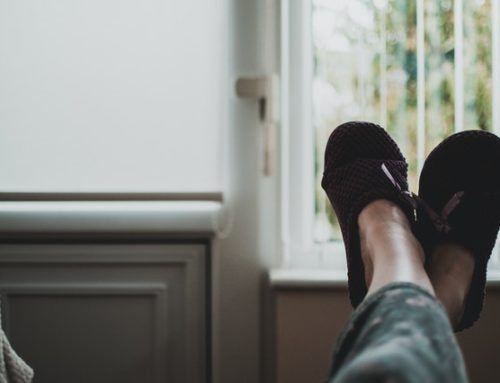Good diabetes management and regular foot care help prevent severe foot sores that are difficult to treat.
Diabetic foot care is as much about preventing problems as it is about addressing them when they arise. Diabetes complications can include nerve damage and poor blood circulation. These problems make the feet vulnerable to skin sores (ulcers) that can worsen quickly.
The good news is that proper diabetes management and careful foot care can help prevent foot ulcers.
Here’s what you need to know to keep your feet healthy.
Preventing foot ulcers
The best strategy for preventing complications of diabetes — including foot ulcers — is proper diabetes management with a healthy diet, regular exercise, blood sugar monitoring and adherence to a prescribed medication regimen.
Proper foot care will help prevent problems with your feet and ensure prompt medical care when problems occur. Tips for proper foot care include the following:
- Inspect your feet daily. Check your feet once a day for blisters, cuts, cracks, sores, redness, tenderness or swelling. If you have trouble reaching your feet, use a hand mirror to see the bottoms of your feet. Place the mirror on the floor if it’s too difficult to hold, or ask someone to help you.
- Wash your feet daily. Wash your feet in lukewarm (not hot) water once a day. Dry them gently, especially between the toes. Use a pumice stone to gently rub the skin where calluses easily form.
- Don’t remove calluses or other foot lesions yourself. To avoid injury to your skin, don’t use a nail file, nail clipper or scissors on calluses, corns, bunions or warts. Don’t use chemical wart removers. See your doctor or foot specialist (podiatrist) for removal of any of these lesions.
- Trim your toenails carefully. Trim your nails straight across. Carefully file sharp ends with an emery board. Ask for assistance from a caregiver if you are unable to trim your nails yourself.
- Don’t go barefoot. To prevent injury to your feet, don’t go barefoot, even around the house.
- Wear clean, dry socks. Wear socks made of fibers that pull sweat away from your skin, such as cotton and special acrylic fibers — not nylon. Avoid socks with tight elastic bands that reduce circulation or socks with seams that could irritate your skin.
- Buy shoes that fit properly. Buy comfortable shoes that provide support and cushioning for the heel, arch and ball of the foot. Avoid tightfitting shoes and high heels or narrow shoes that crowd your toes. Custom orthotic inserts or diabetic shoes may be a part of a diabetic foot care plan. Orthotics and diabetic shoes are not designed to limit your life, but to help keep you moving and doing what you love—all with fewer risks and worries about diabetic complications.
Depending on the structure of your feet and ankles, the way you walk, and other factors, forces may not be distributed as evenly across your feet as they should be. More pressure in an area can also mean more friction. This can lead to troublesome corns and calluses, and even more dangerous sores and ulcers if the condition of your skin has degraded.
Keeping diabetic feet protected means eliminating as many potential problem factors like these as possible; and that’s why custom orthotics and diabetic shoes are important.
If one foot is bigger than the other, buy shoes in the larger size. Your doctor may recommend specially designed shoes (orthopedic shoes) that fit the exact shape of your feet, cushion your feet and evenly distribute weight on your feet.
- Schedule regular foot checkups. Your podiatrist can inspect your feet for early signs of nerve damage, poor circulation or other foot problems. Schedule foot exams at least once a year or more often if recommended by your doctor.
Source: mayoclinic.org






